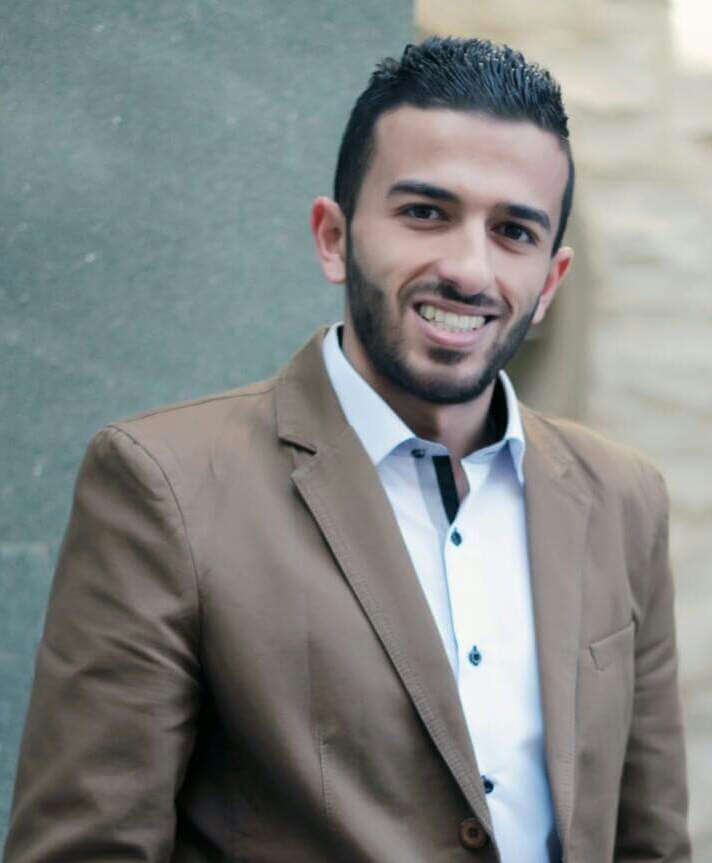
ESR 4
Ayman Abu Sabah
PHY/MAC Design of Future SCs adopting Multi-packet Reception and Full-Duplex Communications
Biography
Ayman Abu Sabah received the B.S. degree from Yarmouk University, Irbid, Jordan, and M.S. degree from Medipol University, Istanbul, Turkey, both in Telecommunication Engineering. He is currently pursuing a Ph.D. degree in electrical engineering at NOVA School of Science and Technology, Lisbon, Portugal. His research interests include the design of PHY/MAC architectures for WLANs and future mobile networks. Recently, he has joined the TeamUp5G (European Training Network (ETN)) project as an Early Stage Researcher (ESR). The TeamUp5G project has received funding from the European Union’s Horizon 2020 research and innovation programme under the Marie Skłodowska-Curie project. Ayman will benefit from a unique doctoral training programme covering scientific, technical, and business aspects, and he will have the opportunity to spend time experimenting his research in real scenarios.
Objectives
This work plan intends to design PHY/MAC architectures that support a Many-to-Many communication paradigm in decentralized multi-hop WSNs. Efficient coordination is proposed at the MAC sub-layer of Multi-Packet Reception (MPR) techniques considering Full-duplex communications (MPR-FD). Initially the parameterizations adopted in PHY-layer are jointly optimized with MAC sub-layer behavior, focusing the maximization of network capacity and allowing Many-to-One communications. In a second step, Many-to-Many communications will be achieved through optimal scheduling of multiple Many-to-One communication.
Expected Results
- Designing a PHY/MAC architecture intended for:
- Distributed operation
- Supporting Multi-Packet reception
- Coordination of massive number of nodes
- Able to achieve the expected requirements for SCs network
- Operating with Full-Duplex technology
- Operation considering the new band regulations and innovative use cases.
- Formulation of an MPR-IBDFX model for packet receiving error, considering MPR and FD communications;
- Design of an optimal architecture to coordinate the access of multiple nodes transmitting to a single node (MPR approach);
- Evaluation of the proposed solution performance in long-range and low power communication scenarios.
Institutions and Supervisors
- Main Institution: Instituto de Telecomunicações URL: https://www.it.pt/
- PhD Enrollment: The NOVA School of Science and Technology, FCT NOVA. URL: https://www.fct.unl.pt/en
- Academic and Industry Supervisor: Rodolfo Oliveira (IT) URL: https://www.dee.fct.unl.pt/equipa/professor-auxiliar-com-agregacao/rodolfo-oliveira
- Inter-sectoral Co-supervisor: Mr. Mateusz Jemielity (ISW)
Secondments
IS-Wireless (ISW): from July 2021 to October 2021
